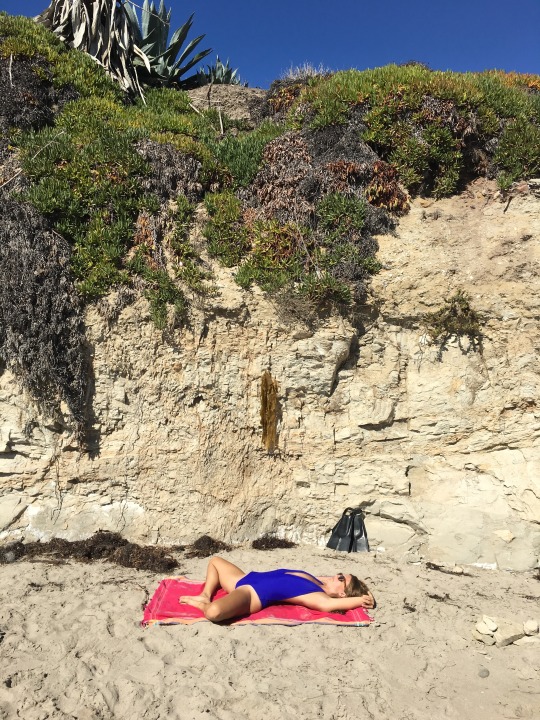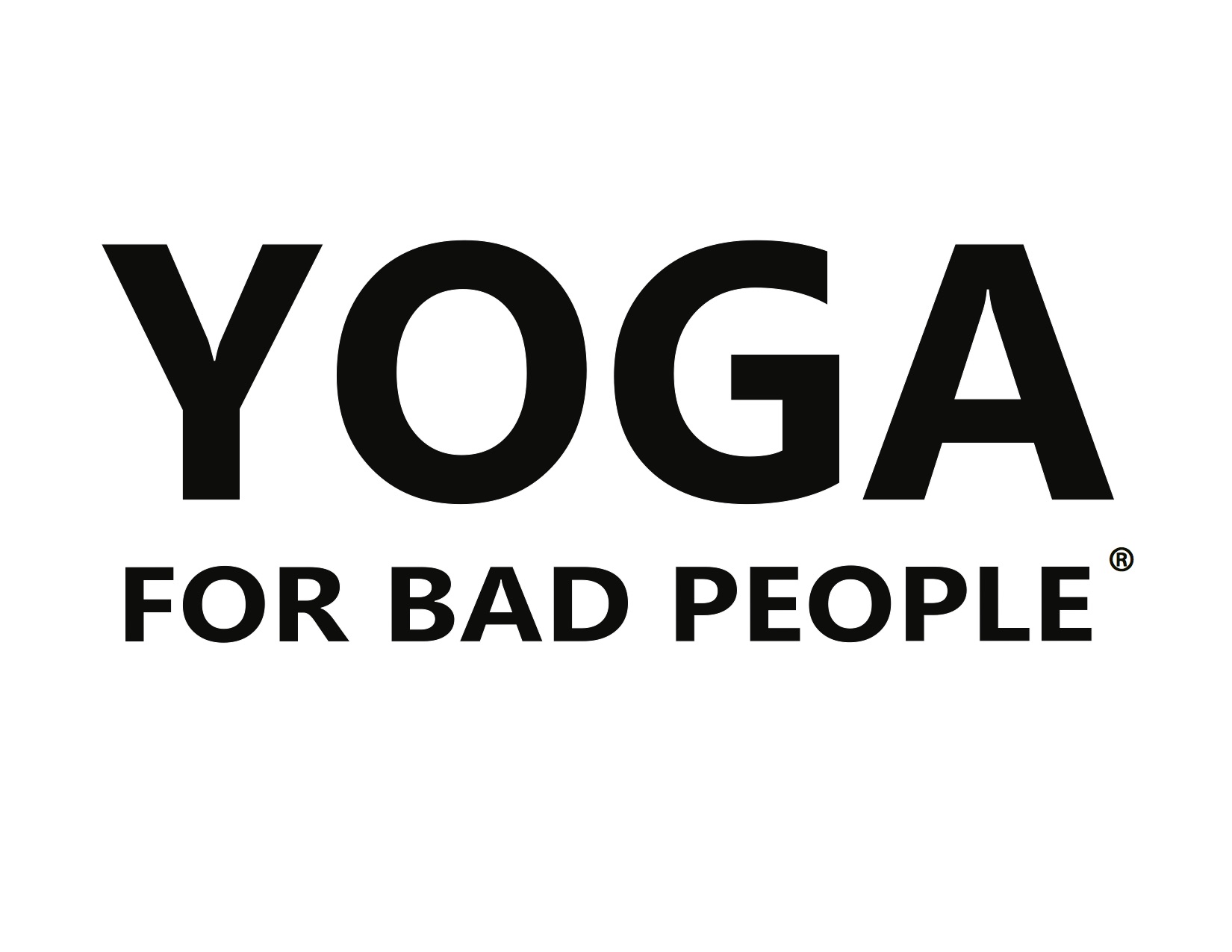6 POSES FOR DIGESTION: A TRAVELER’S GUIDE
1. Virasana – Hero’s Pose
2. Supta Virasana – Reclining Hero’s Pose
3. Parivrtta Janusirsasana – Revolved Head of Knee Pose
4. Ardha Matsyendrasana – Half Seated Spinal Twist (twisting to the right first, to go with the natural movement of the ascending colon on the right, the descending colon on the left and the transverse colon in the middle).
5. Malasana Variation – Squat
6. Supta Baddha Konasana – Reclining Cobblers Pose
The first 24 hours of any retreat, after the general upheaval of travel, can leave even the most regular of us, a bit backed up. We always use our first few classes to help you ground from the airplane and re-stimulate the digestive system.
Some people think that the way to use yoga to help with digestion is to simply do a ton of twists. Twists are beneficial for digestion, but are best used to massage the organs of digestion and aid in the natural cycle of digestion, rather than put pressure on them. If you haven’t been to the bathroom in awhile, chances are the belly needs to relax before twisting, rather than force more stress onto the area. There is a direct connection between the mind and the functions of the abdominal organs. We want to stimulate and encourage our natural systems rather than force them.
When you need help with digestion and elimination due to travel, stress, emotional blockage, or overeating, we recommend focusing on:
1. A deep fold in the legs.
The deep fold in the legs resembles a classical squat, which human beings have been using to aid digestion since the beginning of time. This is because this position aligns the pelvis in such a way that elimination becomes very easy. According to the Chinese medicine tradition, there are many channels in the legs that correspond directly to the main organs of digestion, so when the legs are folded deeply, these channels are stimulated and the natural flow of assimilation and elimination returns.
Recommended Poses: Virasana, Supta Virasana, Parivrtta Janusirsasana, Malasana, Supta Baddha Konasana
2. Ease and space in the abdominal region.
You can begin relaxing the belly through receiving a natural breath, rather than forcing a breath into the lower abdomen. Side-bending poses can also help to create length in the side seams of the body, giving more space to the organs in this region, and building an environment conducive to digestion. Most importantly, any attention on the belly should be within the category of soothing and quieting this area, rather than putting pressure on an outcome. The body holds on when there is a need for protection or change in routine, so the emphasis should be on taking away from worry about going to the bathroom. These are the habits we want to instill in the body through yoga, so that good digestion is a lasting state.
Recommended Poses: Supta Virasana, Supta Baddha Konasana, Parivrtta Janusirsasana
We hope this helps you in your travels!
Love from the road!
xo
INSTRUCTIONS FOR THE SEQUENCE ABOVE
Start sitting up in Virasana. You may need to use a block underneath your sitz bones if your knees are agitated.
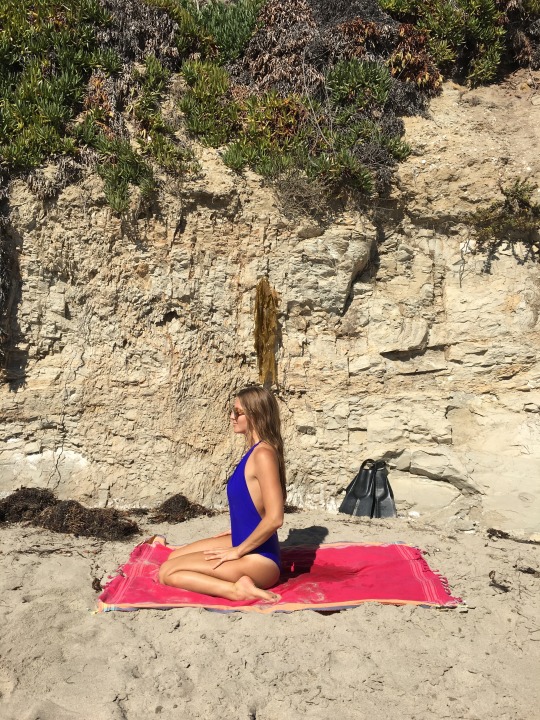
Begin reclining into Supta Virasana (supported with blocks or a bolster, or simply leaning back on your hands). This pose gives internal rotation of the legs (good for digestion), a deep fold in the legs, space in the belly and room for breath to enter naturally due to the lifted chest. Make sure to breath into the belly gently as you relax in the pose for a good 3 minutes. Lift up and press back to a short down dog with bent knees. Peddle through the feet to open up the back of the knees.
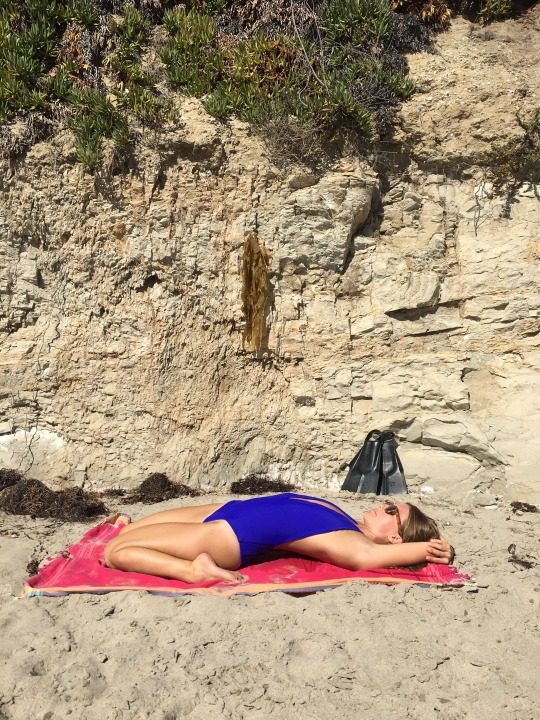
Transition through a pigeon into Parvritta Janusirsasana to open up the side seams of the body, while keeping the deep fold in the legs.
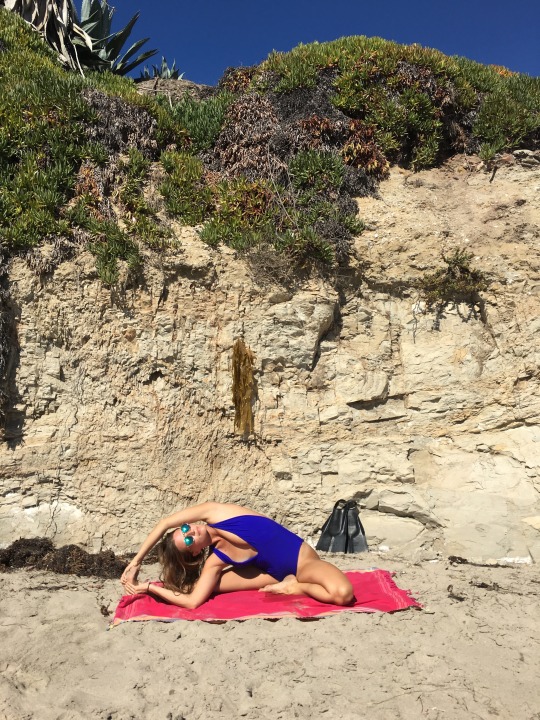
Move then to Ardha Matsyendrasana, twisting first to the right, then to the left to go with the natural movement of the ascending and descending colons.
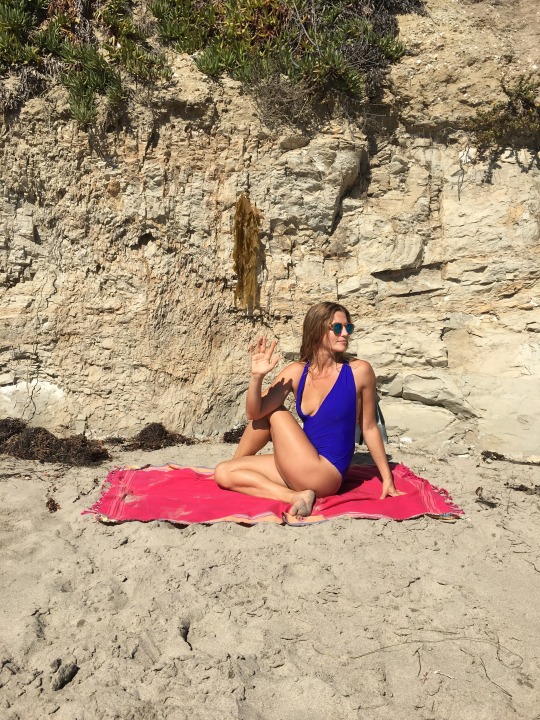
Then take your squat. Feet wide, toes facing forward as much as possible. You can sit on a block if it’s challenging or support your heals with blankets. Pay attention to relaxing the inner groins and entire region around the hips. Make sure the breath relaxes into the belly, calming the belly.
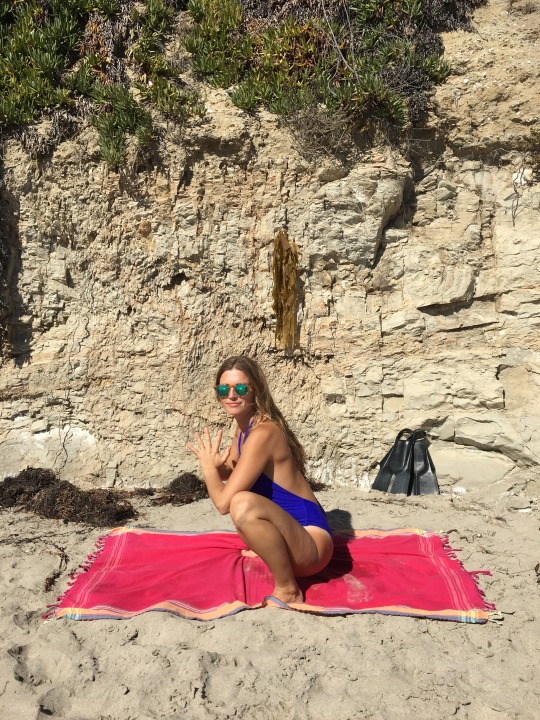
After a minute in the squat, use props to set yourself up for Supta Baddha Konasana. You may want to use a bolster or blocks to support your torso as you recline. A deep fold in the legs, slight anterior tilt in the pelvis, lifted chest, and space in the belly, make this an excellent restorative pose to calm the nervous system (in turn, supporting the digestive system).
